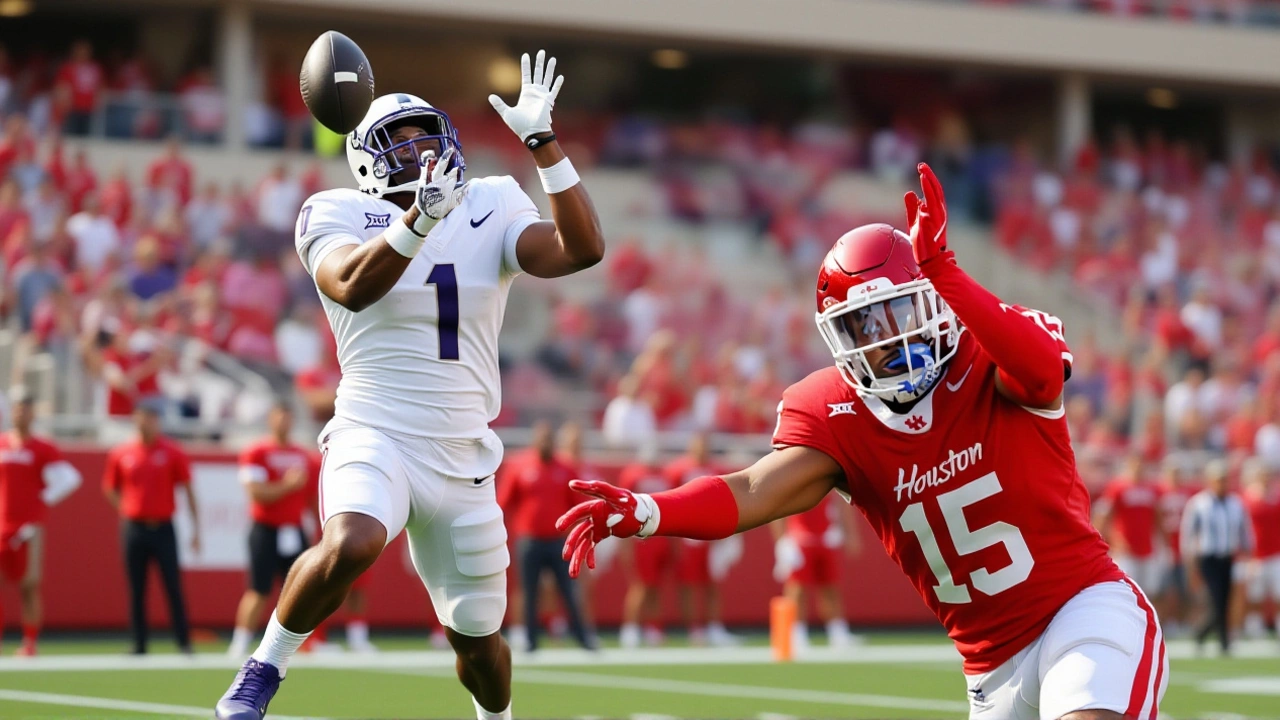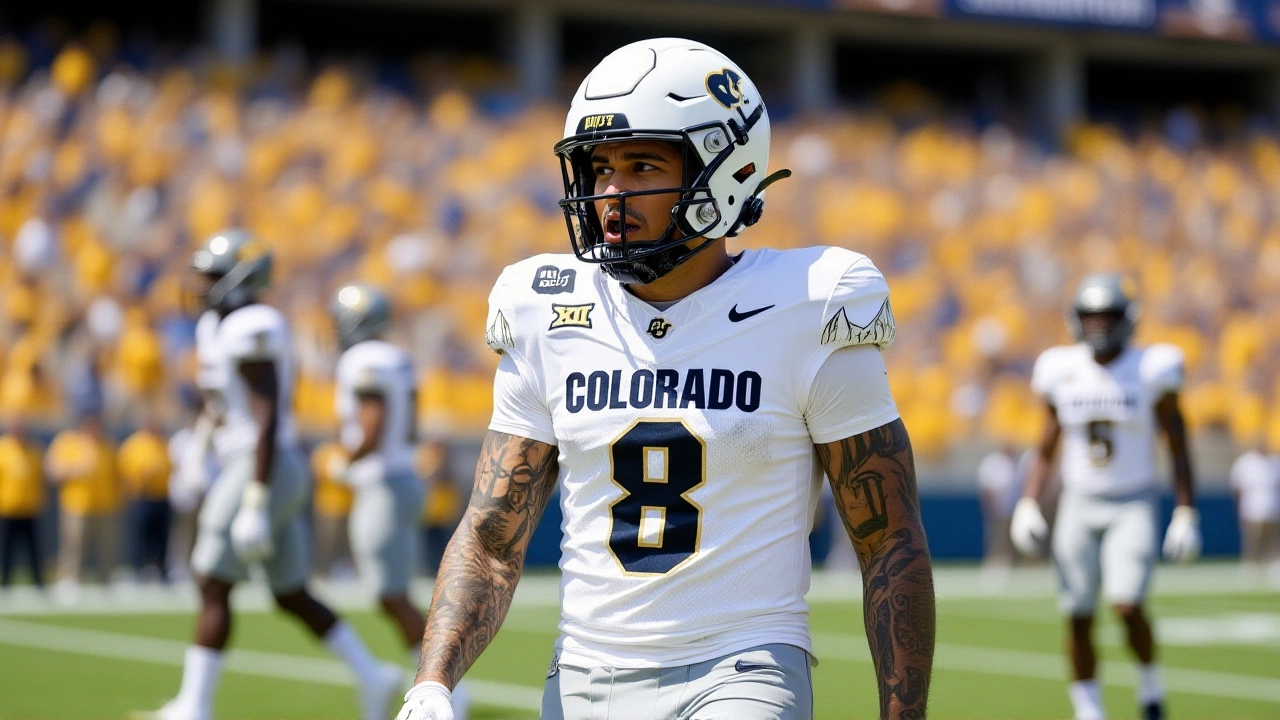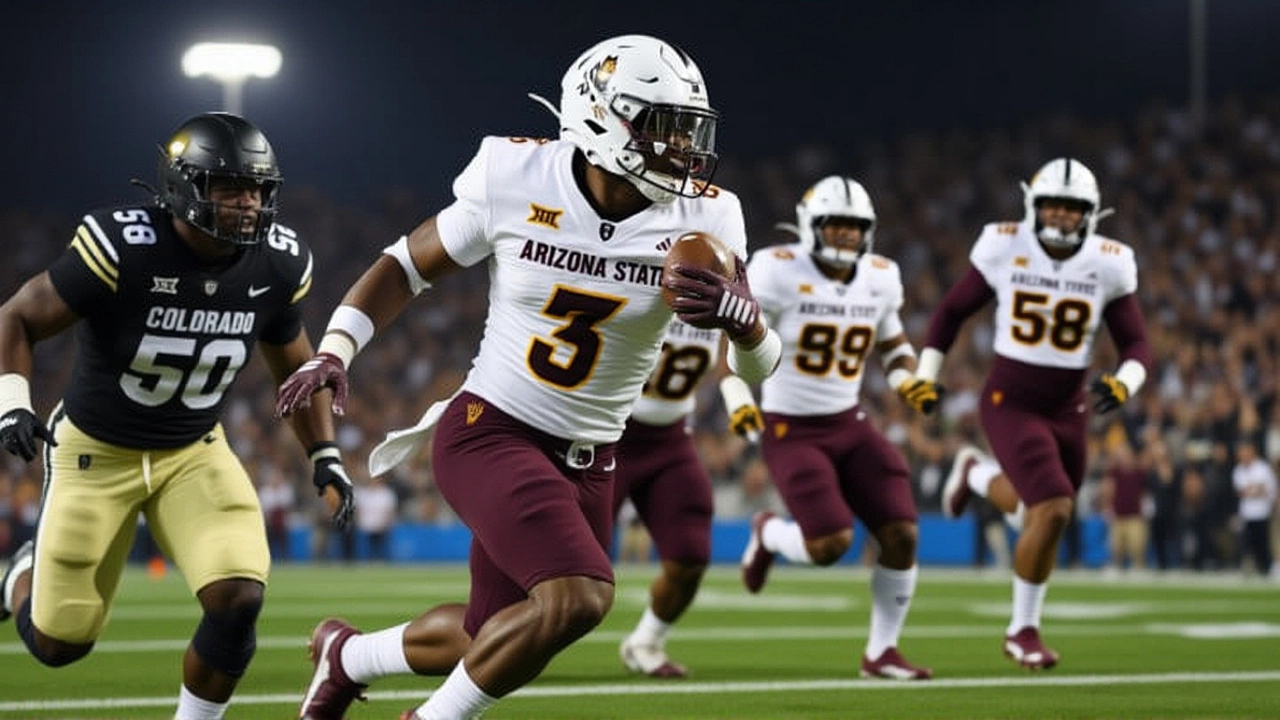When Raleek Brown took the handoff with 13:31 left in the fourth quarter, he wasn’t just running for yards—he was running toward history. The Arizona State Sun Devils were clinging to a 21-17 lead over the Colorado Buffaloes at Folsom Field in Boulder, and Brown’s 88-yard touchdown sprint didn’t just seal the game—it shattered a 52-year-old record. His 255 rushing yards on 29 carries became the new benchmark for road rushing in Sun Devil history, eclipsing Ben Malone’s 1973 mark of 251 yards at Oregon State. By night’s end, Brown had racked up 288 all-purpose yards, including a 33-yard touchdown reception, and crossed the 1,000-yard rushing threshold for the season—the 11th time ASU has had a 1,000-yard rusher in the last 15 years.
A Game That Almost Got Away
Arizona State entered this Week 13 Big 12 showdown on a three-game losing streak, having been outscored by ranked foes Texas, Iowa State, and Kansas State. They’d played six games this season decided by seven points or fewer. Everyone expected another nail-biter. And for three quarters, it looked like one. The Sun Devils committed four turnovers—including a fumble by Demarius Robinson and an interception by quarterback Jeff Sims—while Colorado’s defense held firm. But the game turned on a single play: Brown fumbled at the end of the third quarter, Colorado drove to the ASU 26-yard line, and then… the ball popped loose again. On the very next snap, Brown took the handoff, found a seam, and exploded down the left sideline. The crowd fell silent. The scoreboard lit up. The game was over.First Half Dominance, Second Half Redemption
Brown didn’t wait for the fourth quarter to make his mark. He had 108 rushing yards by halftime—the first Sun Devil to hit triple digits at the half since Cam Skattebo in the 2024 Big 12 Championship. That’s just the third time in two seasons an ASU running back has done it. His 141 all-purpose yards in the first half set the tone. The Sun Devils’ offense, which had struggled with consistency, finally found rhythm. Even their special teams made history: punter Kanyon Floyd completed a 19-yard pass to offensive lineman Bl Lonoong on fourth-and-7 from the ASU 45, a trick play that kept a crucial drive alive. Arizona State also stopped two fourth-down tries by Colorado, showcasing a defense that finally tightened up when it mattered.By the end, ASU had 580 total yards to Colorado’s 300. Time of possession? 33:08 to 26:52. The Buffaloes, under head coach Deion Sanders, entered the game 5-6 overall and had lost four of their last five. Their lone turnover was costly—Arizona State turned it into seven points, while Colorado managed just three off ASU’s four mistakes. It wasn’t pretty, but it was effective.
A Record That Lasted Half a Century
Ben Malone’s 251-yard road rushing performance in 1973 stood as one of college football’s quietest legends. It survived the rise of the spread offense, the influx of elite running backs, even the era of 1,500-yard seasons. Until Saturday. Brown didn’t just break it—he rewrote the narrative. His 255 yards were the most by any Sun Devil on the road since the NCAA began tracking such stats in 1950. And he did it in a place where Arizona State hasn’t won often: Folsom Field. The last time the Sun Devils won in Boulder was 2014. This time, they didn’t just win—they dominated."BOULDER, Colo. – Raleek Brown recorded a Sun Devil Football road rushing record and Arizona State pulled away down the stretch in a whacky one in Boulder," read the official Sun Devil Athletics report. "Whacky" is putting it mildly. A fumble. A recovery. An 88-yard touchdown. A record. It was chaos, perfectly executed.

Why This Matters Beyond the Box Score
This win wasn’t just about Brown’s stats—it was about momentum. Arizona State improved to 8-3 overall and 6-2 in the Big 12, keeping them mathematically alive for the conference championship game. More importantly, it marked the program’s first back-to-back eight-win seasons since 2013-14. That’s a big deal for a team that’s spent most of the last decade in rebuilding mode. For a program that’s had five different head coaches since 2017, this kind of consistency is rare.And Brown? He’s no longer just a promising sophomore. He’s now the face of a re-emerging Sun Devil football identity. With 1,028 rushing yards on the season, he’s the first ASU back to hit 1,000 since Eno Benjamin in 2020. His 288 all-purpose yards rank among the top five single-game performances in program history. And he did it on the road, against a team that was desperate for a win.
What’s Next for Arizona State?
The Sun Devils finish the regular season at home against Utah on November 29. A win there, combined with other conference results, could still put them in the Big 12 Championship Game. But even if they don’t make it, this game has already changed the trajectory of their season. Brown’s performance has turned heads across the Power Five. NFL scouts are watching. Recruiting materials are being rewritten. And for the first time in years, fans in Tempe are talking about something other than the next coaching search.
Background: The Long Road to This Moment
Arizona State’s running back history is littered with talent—Rachaad White, Demario Richard, Kalen Ballage—but consistent 1,000-yard seasons have been scarce. Before Brown, the last Sun Devil to reach 1,000 yards on the ground was Eno Benjamin in 2020. The last to do it on the road? That’s where Malone’s 1973 record came in. For 52 years, it was untouched. Even during the peak of the Todd Heap era or the 2007 run to the Fiesta Bowl, no Sun Devil running back managed to top 250 yards on the road. Brown didn’t just break the record—he made it look easy.Colorado, meanwhile, continues to struggle under Deion Sanders. Despite the hype, the Buffaloes have lost five of their last six games. Their offense stalled in the red zone. Their defense couldn’t contain Brown’s speed or vision. The program’s momentum, which had been building after a 2024 bowl appearance, is now slipping away.
Frequently Asked Questions
How did Raleek Brown’s performance compare to other Sun Devil running backs?
Brown’s 255 rushing yards are the most by any Sun Devil on the road since at least 1950, surpassing Ben Malone’s 1973 record of 251 yards. He’s the 11th ASU running back to reach 1,000 yards in a season since 2011, and the first since Eno Benjamin in 2020. His 288 all-purpose yards rank in the top five single-game performances in program history, placing him alongside legends like Rachaad White and Kalen Ballage.
What impact does this win have on Arizona State’s Big 12 Championship chances?
Arizona State is now 6-2 in the Big 12, tied for second place. They need to beat Utah in their final game and hope either Texas or Kansas State loses one of their last two games to qualify for the championship game. While the odds are slim, this win keeps them alive—something that seemed unlikely after their three-game losing streak. Their 8-3 record also makes them a strong candidate for a New Year’s Six bowl if they don’t make the title game.
Why was Brown’s 88-yard touchdown so pivotal?
It wasn’t just a big play—it was a psychological reset. Arizona State had just fumbled, Colorado was in scoring position, and the momentum had shifted. Brown’s touchdown not only gave ASU a 28-17 lead, but it crushed Colorado’s morale. The Buffaloes never recovered, and the Sun Devils scored 21 unanswered points after that play. It was the kind of moment that defines seasons.
How rare is it for a Sun Devil to have 100+ rushing yards at halftime on the road?
Extremely rare. Before Brown, the last Sun Devil to reach 100 rushing yards at halftime on the road was Cam Skattebo in the 2024 Big 12 Championship game. Only four times in ASU’s entire history had a running back hit that mark at halftime before this game. Brown’s first-half performance was a sign of dominance rarely seen outside of home games—and even rarer on the road.
What does this mean for Arizona State’s recruiting and future prospects?
Brown’s breakout performance is already being used in recruiting pitches. High school running backs across the Southwest are taking notice. The Sun Devils are now seen as a program on the rise, not just rebuilding. With a strong 2026 recruiting class already in the works and Brown’s NFL draft stock climbing, this game could be the turning point that helps ASU attract top-tier talent for years to come.
How did Colorado’s defense fail to contain Brown?
Colorado’s defensive line was consistently outmuscled at the point of attack, and their linebackers were slow to diagnose runs. Brown’s vision and patience allowed him to find lanes others wouldn’t see. He also exploited their aggressive blitz schemes—four of his longest runs came after they sent extra rushers. When they tried to stack the box, he hit them with the screen pass for 33 yards. It was a complete offensive breakdown.
